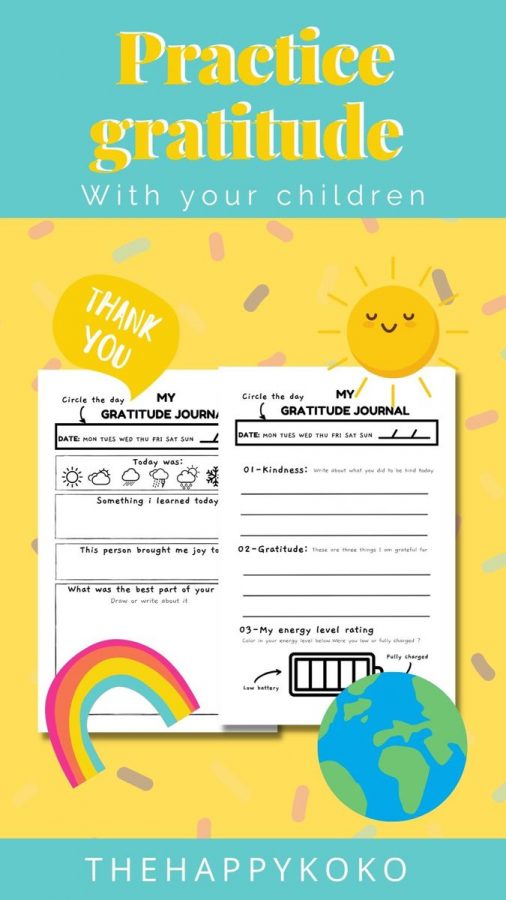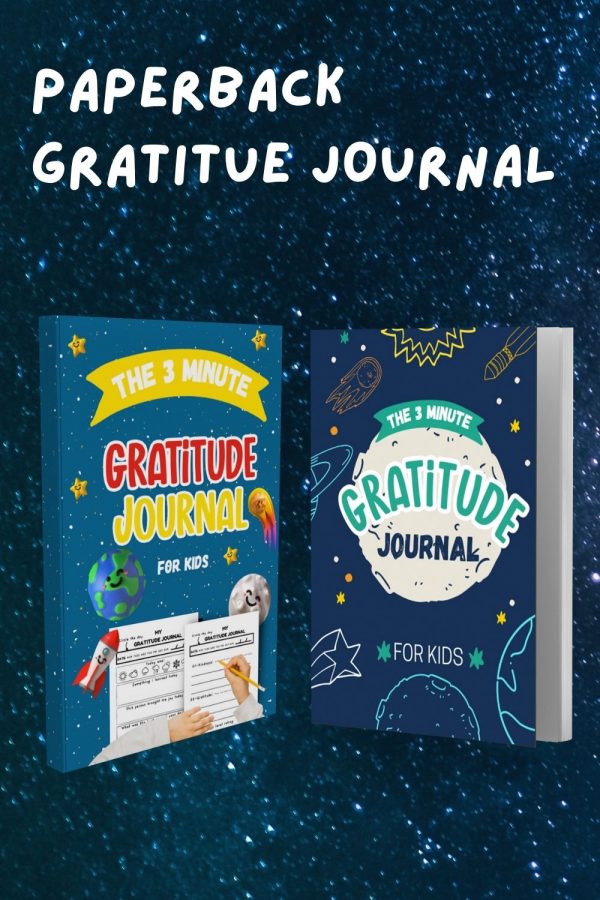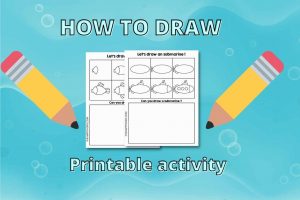
Free father’s Day Printable Coupon Book
Dads and granddads are some of the most important people in our lives. They are the ones who have been there for us through thick

Gratitude can be defined as: “The quality of being thankful; readiness to show appreciation for and to return kindness.”
it is defined as “…a thankful appreciation for what an individual receives, whether tangible or intangible,” by the Harvard Medical School.
Does this mean practicing gratitude is as simple as saying “thank you”? You are right; the answer is no.
Being grateful is more a mindset than an automated action of saying please and thank you. Gratitude is a skill that we can develop and cultivate throughout our lives.
A study published in the Journal of Happiness Studies found a correlation between thankfulness and happiness in children as young as 5 years old, suggesting that teaching your children gratitude from an early age may benefit them in the long run.
Another study, found that students (aged 11 to 13) who practiced thankfulness were not only happier, more optimistic, and more socially supported as adults. The findings were published in the Journal of School Psychology in 2008. As a result of this, they are more satisfied with everything from their schools to their friends to themselves. Grateful children are also more likely to lend a helping hand to others.
As for teens, According to a 2011 study published in Psychological Assessment, grateful teens are happier with their lives, are more engaged at school and their free time activities. Furthermore, it has been shown teens who practice gratitude tend to be less envious, depressed, and materialistic than their less grateful peers.
As we have seen, research has shown that practicing gratitude increases a sense of happiness and a range of physical, psychological, and social benefits.

Although there are several benefits of practicing gratitude, I made a selection of my top 10 ones :
To sum up, even though research focuses on grown-ups rather than kids, we can only get to the conclusion that there are plenty of benefits in introducing gratitude as soon as we can.
Overall, gratitude can be seen as a social skill we can develop and enforce during our whole life. So why not get started right away?
Making gratitude part of our daily routine will allow our kids to have a moment of peace and take time to consider all the things that are going “well” in their lives instead of letting the negative parts in the spotlight.
As parents, we have the power to help our kids notice and express thanks for the positive things in their lives while building skills that will last a lifetime, and the best part is it only takes a few minutes a day!
Now that we’ve covered the fundamental concepts and benefits of instilling gratitude in your children, let’s have a look at what, in my opinion, are the most effective ways to teach gratitude in our children.

Whichever time of day you choose (morning, afternoon or night), you can pick a moment in the day when you have the time and energy to have a daily conversation with your child or children. Our recommendation is to try to keep it as casual as possible while yet incorporating it into your daily routine.
Introduce some appreciation prompts for you and your children to discuss during this time together in your home. For example:
Journaling provides children with a real writing experience while also assisting them in their academics by improving their handwriting, spelling, and sentence construction. But more than that, the act of writing itself is extremely beneficial! Writing can help you see things from a different perspective that you might not have otherwise been able to perceive without. In fact, journaling is helpful to both parents and children!
One of the best ways to practice journaling is to keep a gratitude journal.
But what exactly is a gratitude journal?. It is as simple as a space to keep track of things in life that a person is grateful for, a great reminder of what you have and the positivity in your daily life. Essentially, it is a safe area where your children can communicate their emotions, experiences, discoveries, and ideas, all in the interest of developing the habit of gratitude.
Please read on to learn more about the steps you will need to follow when starting a gratitude journal with your children.
One of the most important things to consider while choosing a type of journal is to keep in mind that it should be both fun and functional for your kid. Engagement is a crucial aspect of keeping your little one engaged and generating the habit.
To get started, you won’t need to purchase or keep a specific book or journal. Any blank notebook will work for this purpose.The only thing you have to do is sit with your children every day for a couple of minutes and write down their feelings and thoughts. i understand that writing might be tedious for some children, so feel free to incorporate creative activities such as constructing a collage, composing a song, or sketching into your lesson plan.Simply enjoy yourself and keep in mind that the most essential thing to remember is to concentrate on being thankful. Encourage your children to become aware of the people and things they have, as well as to consider why they value them.
My favorite ones are the primary ruled ones or story journals as they have space for both writing and drawing, so kids have lots of room for creative drawing and writing.
Feel free to check our selection of Primary ruled Journals here.

Printable diary sheets are an excellent option if you have more than one child, are on a tight budget, or prefer to print as you go.
Our downloadable gratitude journal can be found here if you’d like: This printable gratitude diary includes a range of writing prompts and fill-in-the-blanks that are designed to make practicing gratitude fun for your children.

As far as I am concerned, this is the finest alternative because it is easy to carry, there are no missing sheets, and it serves as an excellent keepsake for your children when they grow up!
Click below to learn more about our paperback version of the gratitude journal!
So, you have picked the perfect journal for your little one, but now it’s time for the not so easy part; turning gratitude journaling into a regular part of your family’s routine.
New habits take time to create, according to study, which shows it takes an average of two months to form a new one (2010- European Journal of Social Psychology – How are habits formed: Modelling habit formation in the real world)
When it’s time for kids to write in their journals, urge them to think about something that happened that day that made them feel good about themselves.
This could be because your kid received an excellent score on a school test, or met a new school friend. Provide your children with several examples of minor things for which they should be thankful, because it is frequently difficult for children to perceive the gifts that can be found in seemingly insignificant everyday occurrences.
Later, when your children develop the practice of journaling in their gratitude journals, it will become easier for them to recognize the “little things” that they should be grateful for, rather than merely the “big things,” such as a new video game or a family trip.
When it comes to keeping a gratitude journal, consistency is the most crucial thing to keep in mind. A gratitude journal will only be useful if you keep it up to date on a consistent basis.
What this means is once we decide to incorporate gratitude as a habit, we have to be consistent for it to turn into a routine.
However, don’t be afraid of this; practicing gratitude is both fun and educational for your children and is a screen-free family activity! So don’t put it off any longer and start teaching your children the art of thankfulness today!
Don´t miss out! follow us at pinterest !

Dads and granddads are some of the most important people in our lives. They are the ones who have been there for us through thick

Drawing can be so much fun! so, Who wouldn’t want to learn to draw? Grab out step-by-step how to draw activity and get the fun

Looking for a cute nursery wall art to decorate a nursery or a play room? If so, then check our brand new free nursery wall